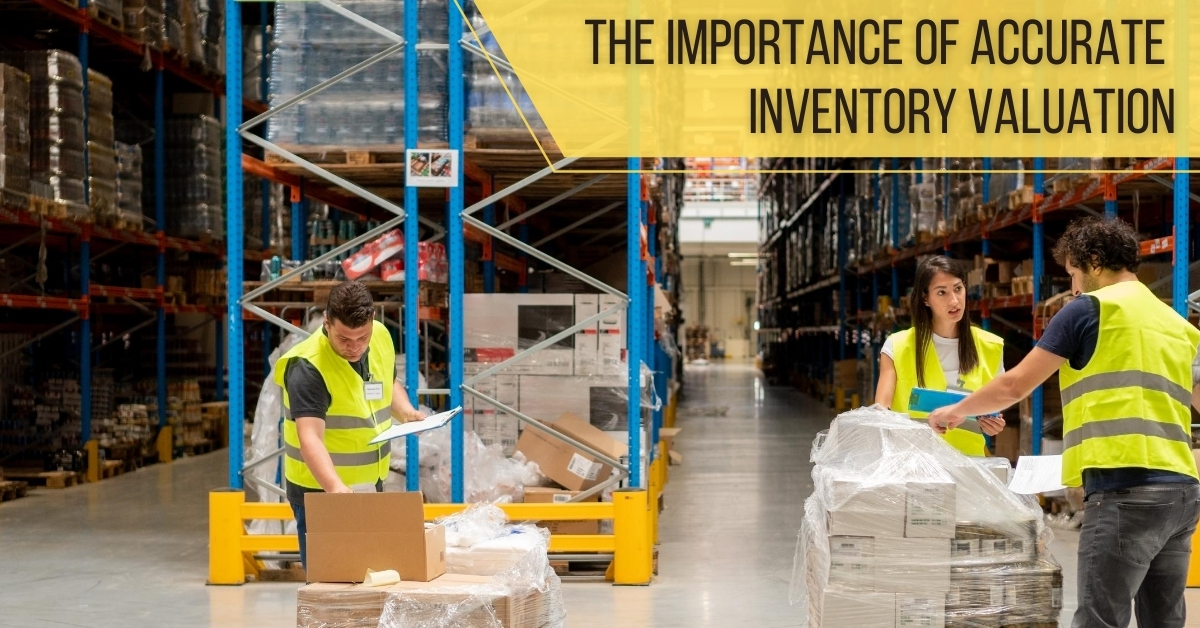
What is Inventory Management?
Inventory management refers to a systematic approach to sourcing, ordering, storing and selling of company's inventory – including the control of raw materials(components) and finished goods(products), warehousing and processing of these items.
In business terms, inventory management means ensuring having the right stock at the right levels, in the right place, at the right time, and at the right price.
Why is the accuracy of inventory valuation so important?
Inventory valuation is the monetary amount associated with the goods in the inventory at the end of an accounting period. The assessment is based on the costs incurred to acquire the inventory and get it ready for sale.
Therefore, having an accurate valuation of inventory is essential as the reported amount of the inventory will affect the cost of goods sold, gross profit, and net income on the income statement which thus, impact the number of current assets, working capital, total assets, and stockholders' or owner's equity reported on the balance sheet.
For companies with substantial inventory on hand at the end of each financial year, it is crucial to have an accurate valuation of their cost because the closing inventory value can materially affect the profit and loss position of a company.
Let's take a look at the following example.
In a trading company, the cost of goods sold(CoGS), in a financial year is calculated by adding the value of purchases, (P), to the initial inventory value, (O), and then subtracting the value of the closing inventory value, (C).
So, we have CoGS = O + P - C.
Initially, for the same values of O and P, if C is over-valued or under-valued, CoGS will be correspondingly under-valued or over-valued.
Assuming that O is $100 and P is $250. If C is $150, CoGS is $200. However, if C is $70, CoGS becomes $280.
How do these numbers affect the profit & loss position?
Gross Profit, (GP) = Sales Revenue (SR) – CoGS.
Assuming that SR is $420. So when C is $150, GP = $420 – $200 = $220. But when C is $70, GP = $420 – $280 = $140.
So, we can see that when the closing inventory is over-valued, the profit becomes higher at $220, compared to only $140 when the closing inventory is under-valued.
Furthermore, the current year's closing inventory value gets carried over to the following year as the opening inventory value. Effectively, from the CoGS calculation, when O is over-valued, CoGS becomes over-valued as well leading to a lower profit in the following year, all other factors being kept constant.
Conversely, when O is under-valued, the following year will have a higher profit.
Accounting for inventory may seem like a straightforward matter, but there are many ways to value it, and the method you choose can affect your taxes, the sale of your business, your ability to borrow money and your cash flow.
Therefore, it is crucial to assess the implication of inventory valuation to effectively manage your accounting practices for the benefit of your business.
Learn more from our 1-day Inventory Management & Control course, and we will go into the details of why the cost of the same closing inventory quantity can be valued differently.
Other exciting topics on inventory control and management will also be covered
The article is contributed by Mr Raymond Ang, an Associate Trainer at the Management Development & Consultancy, MDIS’ Corporate Training Arm.